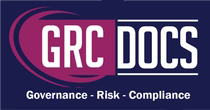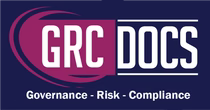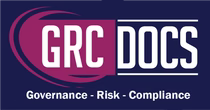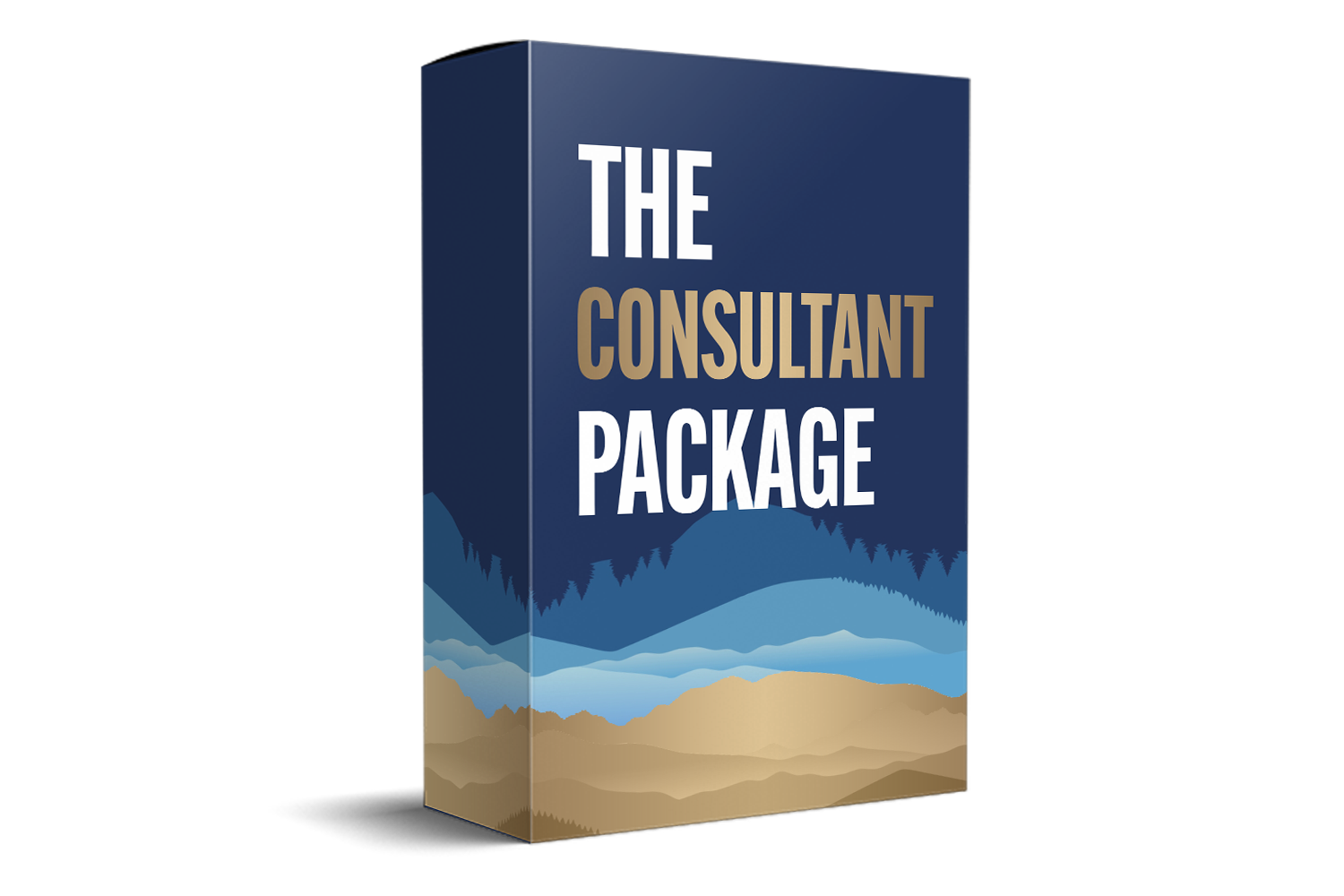SOC 2 Type 2 Automation Systems Streamline Continuous Compliance
Introduction
These automation systems not only alleviate the burden of manual compliance but also enhance the overall security posture of an organization. By implementing advanced technologies, companies can ensure that their compliance processes are both efficient and reliable. As organizations face mounting pressure to protect sensitive information, the role of automation in compliance management becomes indispensable. Through automation, businesses can focus on their core operations while maintaining the trust of their clients and stakeholders.

The Challenges Of Manual Compliance Management
Managing compliance manually can be a complex and resource-intensive process. Organizations must meticulously document their controls, policies, and procedures, and ensure that they are consistently followed and updated. This involves significant time and effort from compliance teams, diverting resources away from other critical business functions. The documentation process itself can be overwhelming, requiring continuous updates and constant vigilance to ensure that all regulatory requirements are met.
Moreover, manual compliance management is susceptible to human error. Missed updates, incomplete documentation, and miscommunications can lead to compliance gaps, putting the organization at risk of non-compliance and potential penalties. The repercussions of non-compliance can be severe, including financial penalties, reputational damage, and loss of client trust. With the increasing complexity of regulatory requirements, it becomes crucial for organizations to adopt a more efficient and reliable approach. The need for a streamlined process that minimizes errors and enhances efficiency is more pressing than ever.
The Rise Of Automation Solutions
Automation solutions have emerged as a game-changer in the realm of compliance management. These systems leverage advanced technologies to automate the monitoring, documentation, and reporting of compliance activities. By streamlining these processes, automation solutions significantly reduce the burden on compliance teams and enhance the overall efficiency of compliance management. Automation technology not only simplifies these tasks but also ensures that they are performed consistently and accurately, minimizing the risk of errors.
Key Benefits Of SOC 2 Type 2 Automation Systems
-
Efficiency and Time Savings: Automation solutions eliminate the need for manual data entry and repetitive tasks, allowing compliance teams to focus on more strategic initiatives. Routine compliance checks and audits can be conducted automatically, reducing the time and effort required for manual assessments. This not only speeds up the compliance process but also allows organizations to allocate resources more effectively, enhancing productivity across the board.
-
Accuracy and Consistency: Automation systems minimize the risk of human error by ensuring consistent and accurate documentation. They provide real-time monitoring and alerts, enabling organizations to identify and address compliance issues promptly. This ensures that compliance activities are up-to-date and in line with regulatory requirements, thereby reducing the likelihood of compliance breaches and associated penalties.
-
Scalability: As organizations grow, managing compliance manually becomes increasingly challenging. Automation solutions are highly scalable, accommodating the evolving needs of businesses and supporting their expansion without compromising compliance. Whether an organization is expanding into new markets or increasing its client base, automation systems can adapt to these changes, ensuring that compliance remains a priority.
-
Enhanced Security: Automation systems provide robust security features, such as encryption and access controls, to protect sensitive data. This ensures that compliance activities are conducted in a secure environment, safeguarding both the organization and its clients. By integrating security measures into the compliance process, organizations can maintain a strong security posture while fulfilling regulatory obligations.
Implementing Automation For Continuous Compliance
Implementing SOC 2 Type 2 automation systems requires careful planning and execution. Here are some key steps to consider:
-
Assess Current Compliance Processes: Evaluate your existing compliance management practices to identify areas that can benefit from automation. This will help you determine the specific features and capabilities you need in an automation solution. Conducting a thorough assessment will also highlight any current inefficiencies or vulnerabilities in your compliance processes that need to be addressed.
-
Choose the Right Automation Solution: Select an automation system that aligns with your organization's compliance requirements and goals. Look for solutions that offer comprehensive monitoring, reporting, and alerting capabilities, as well as integration with existing systems. Consider the scalability of the solution and its ability to adapt to future regulatory changes and organizational growth.
-
Integrate with Existing Systems: Ensure that the automation solution seamlessly integrates with your current IT infrastructure and compliance tools. This will facilitate data sharing and streamline compliance processes across the organization. A well-integrated system will reduce the complexity of compliance management and enhance collaboration among various departments.
-
Train Compliance Teams: Provide training and support to compliance teams to ensure they are proficient in using the automation system. This will maximize the benefits of automation and enhance the overall effectiveness of compliance management. Ongoing training and support are essential to keep teams updated on new features and ensure that they can fully leverage the capabilities of the automation system.
-
Continuously Monitor and Improve: Regularly review and update your automation processes to adapt to changing regulatory requirements and business needs. Continuous improvement is essential to maintaining effective compliance management. By consistently monitoring and refining your processes, you can ensure that your organization remains compliant and responsive to new challenges.
The Future Of Compliance Automation
As technology continues to advance, the role of automation in compliance management will only become more prominent. Organizations that embrace SOC 2 Type 2 automation systems will be better positioned to navigate the complexities of regulatory compliance and maintain a competitive edge in the marketplace. With advancements in artificial intelligence and machine learning, automation systems are expected to become even more sophisticated, offering predictive analytics and enhanced decision-making capabilities.
Conclusion
In conclusion, SOC 2 Type 2 automation systems offer a powerful solution for streamlining compliance processes and ensuring continuous compliance. By leveraging automation, organizations can enhance efficiency, accuracy, and security, ultimately achieving their compliance objectives with greater ease and confidence. As the digital landscape continues to evolve, organizations that invest in automation solutions will be well-equipped to meet the challenges of tomorrow and safeguard their data and reputation in an increasingly complex regulatory environment.






